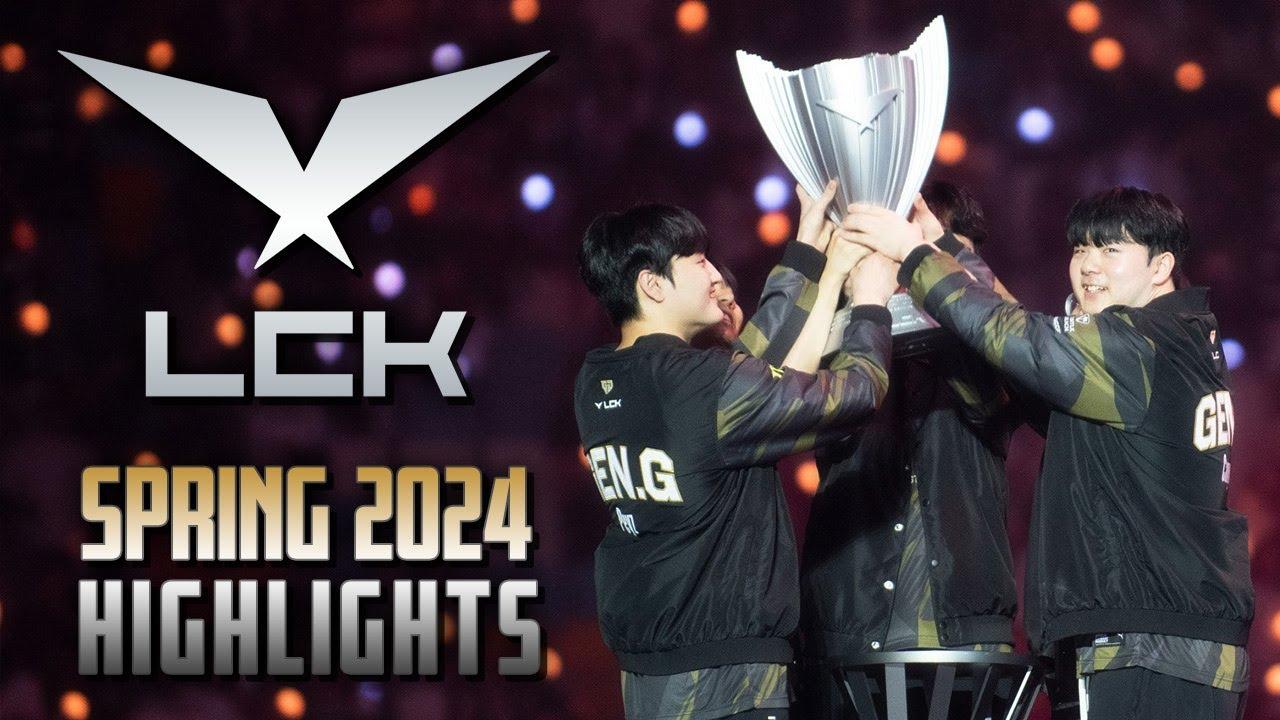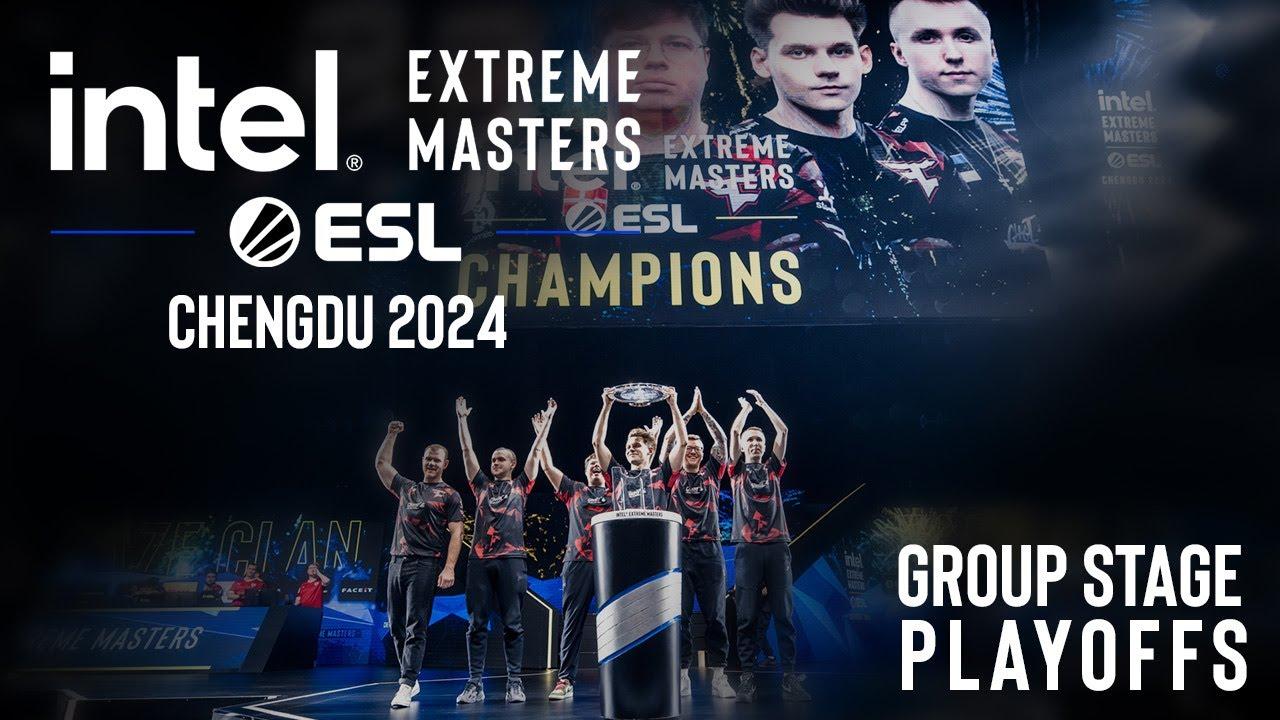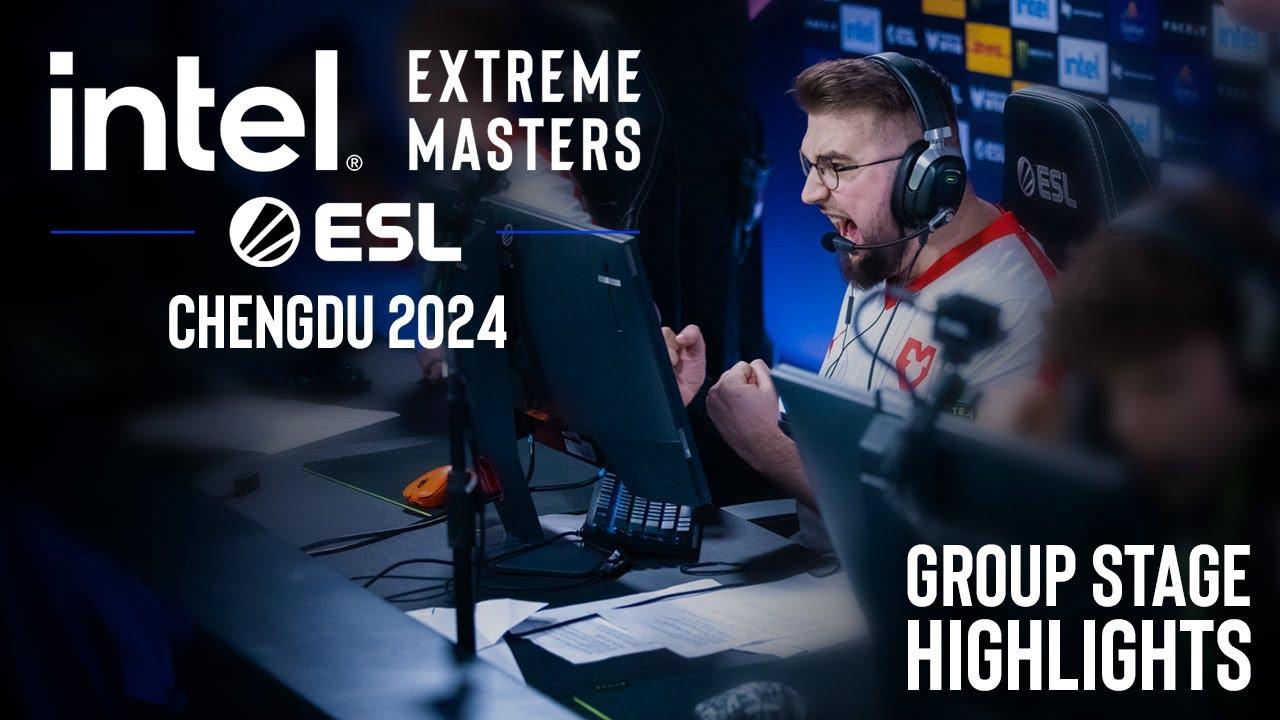
How to play core Riki like a pro in your Dota 2 games
Despite losing to Nigma in the grand finals, Royal Never Give Up were the breakout stars of the WePlay! Bukovel Minor. The Chinese squad demonstrated incredible savviness, synergy, and flexibility throughout the tournament, which saw them smash all comers en route to the grand finals.
Though it was overlooked among RNG’s many other successes, the team surprised fans and pundits during its series against Geek Fam by locking in a surprise Riki pick for carry player Du “Monet” Peng. Royal Never Give Up didn’t actually win the game as Geek Fam managed to mount a wild comeback, but Monet made that core Riki pick work.
Monet set a great example, and here’s how you can follow it to make it work in your own games.
How to build core Riki like a pro
Monet had a somewhat strange approach to Riki. Initially, his build for Riki started normally as he went with standard early game items such as Magic Wand and Power Treads. This gave him the early game regeneration he needed in order to stay in lane in spite of Riki’s low HP.
For his skill pathing, he maxes Blink Strike at level seven and Tricks of the Trade at 11. In terms of talents, he focuses on increasing DPS through attack speed and damage. At level 20 he opts for the increased Blink Strike range over the increased agility multiplier for backstab, likely to make initiations safer and more reliable.
Into the mid game, Monet purchased a Diffusal Blade. The item is perfect for Riki as it gives him strong stats and a reliable slow to hold enemies in place and set up repeated backstabs. Things start getting weird from here, though.
While lower-level Riki players typically build up damage items, Monet instead went with a second-item Battlefury. While Battlefury gives a bit of valuable damage and regeneration, its value is primarily found in the passive cleave ability that increases farm efficiency.
Typically, Battlefury is only a desirable pickup within the game’s first 20 minutes when the increased farm efficiency can essentially make the item pay for itself. But Monet doesn’t get Battlefury until 27 minutes.
That increased farm efficiency paid off quickly as he built Aghanim’s Scepter, further strengthening Tricks of the Trade. From there, he went on to sell his Power Treads and Diffusal Blade when he purchased Butterfly and found a Ninja Tools neutral item.
Strengths and weaknesses of core Riki
In lower MMR games, core Riki is a somewhat cheesy pick designed to prey upon the lack of detection and unsafe farming practices of weaker players. Players stalk across the map searching for supports and squishy carries that are out of position. From there, they burst them down with physical damage and disappear, looking for the next target.
Monet went in a very different direction. Instead of being a mid-game ganker, Monet focused a great deal of his efforts around farming in order to build himself into a scary late-game damage dealer. That paid off for Monet, as he finished with a 12-2-13 stat line with a whopping 73,000 hero damage dealt.
Those numbers show how strong core Riki can be under the right circumstances, but the weaknesses of the hero were also plain to see during the game. Until Riki had two items, he had a minimal impact during team fights, and without levels in Smoke Screen there wasn’t much he could do to help his teammates. If the rest of Royal Never Give Up hadn’t kept the team afloat until the core Riki came online, things might have gone very differently.
Still, there was no denying how powerful core Riki was down the stretch. Time will tell whether Riki can ascend past niche pick status and whether he can become a viable alternative for heroes like Naga Siren and Spectre.
Recommended
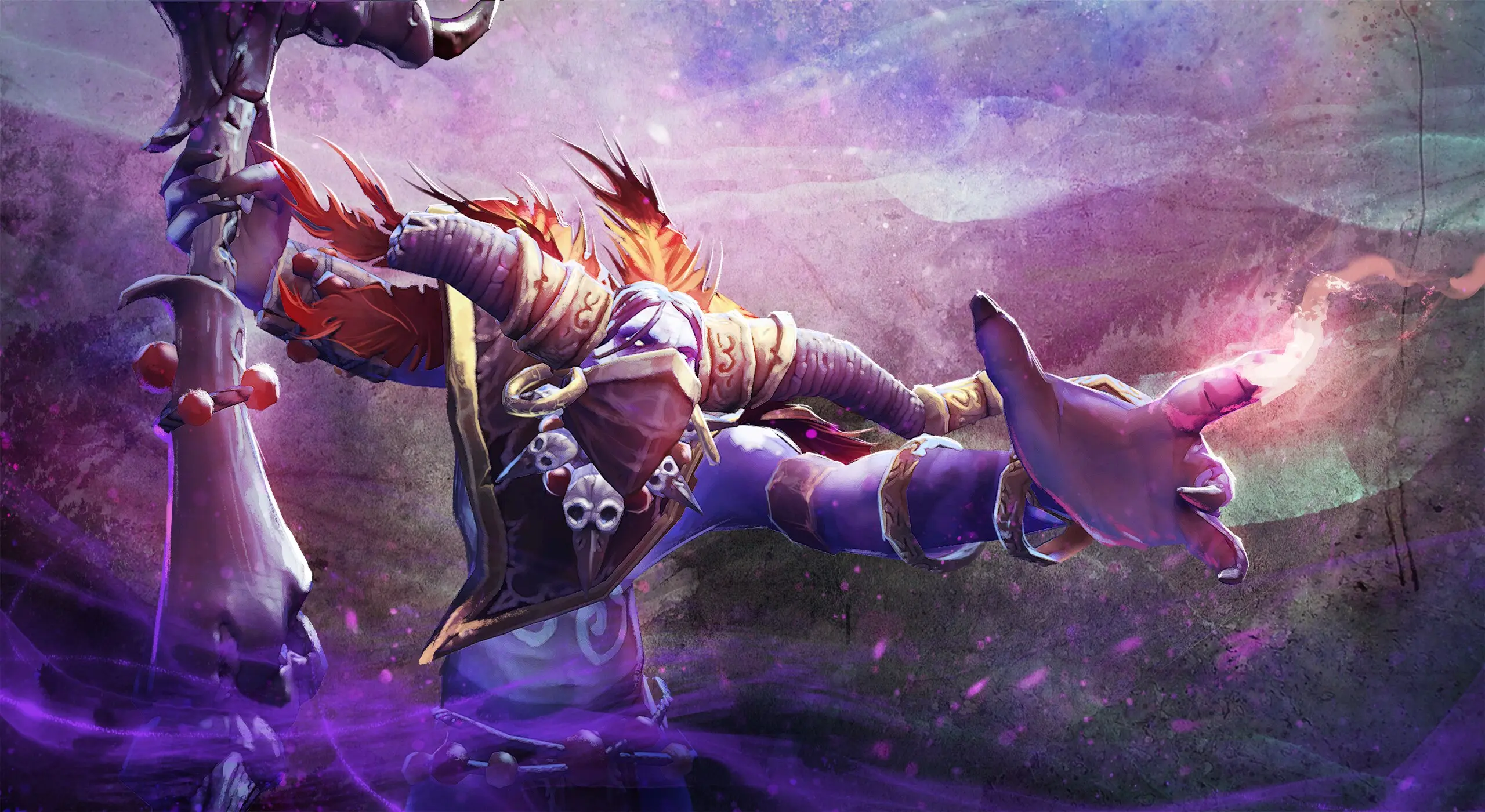
How to play Witch Doctor, the best hero in Dota 2 7.34
The Doctor is in.
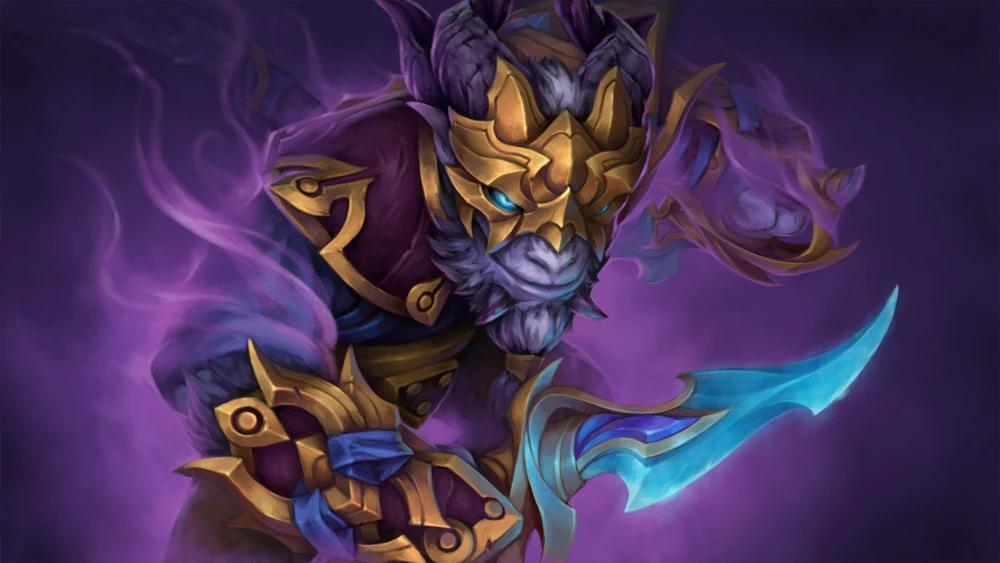
The new best heroes of Dota 2 7.34
Start queueing up sentries and Spirit Vessels.
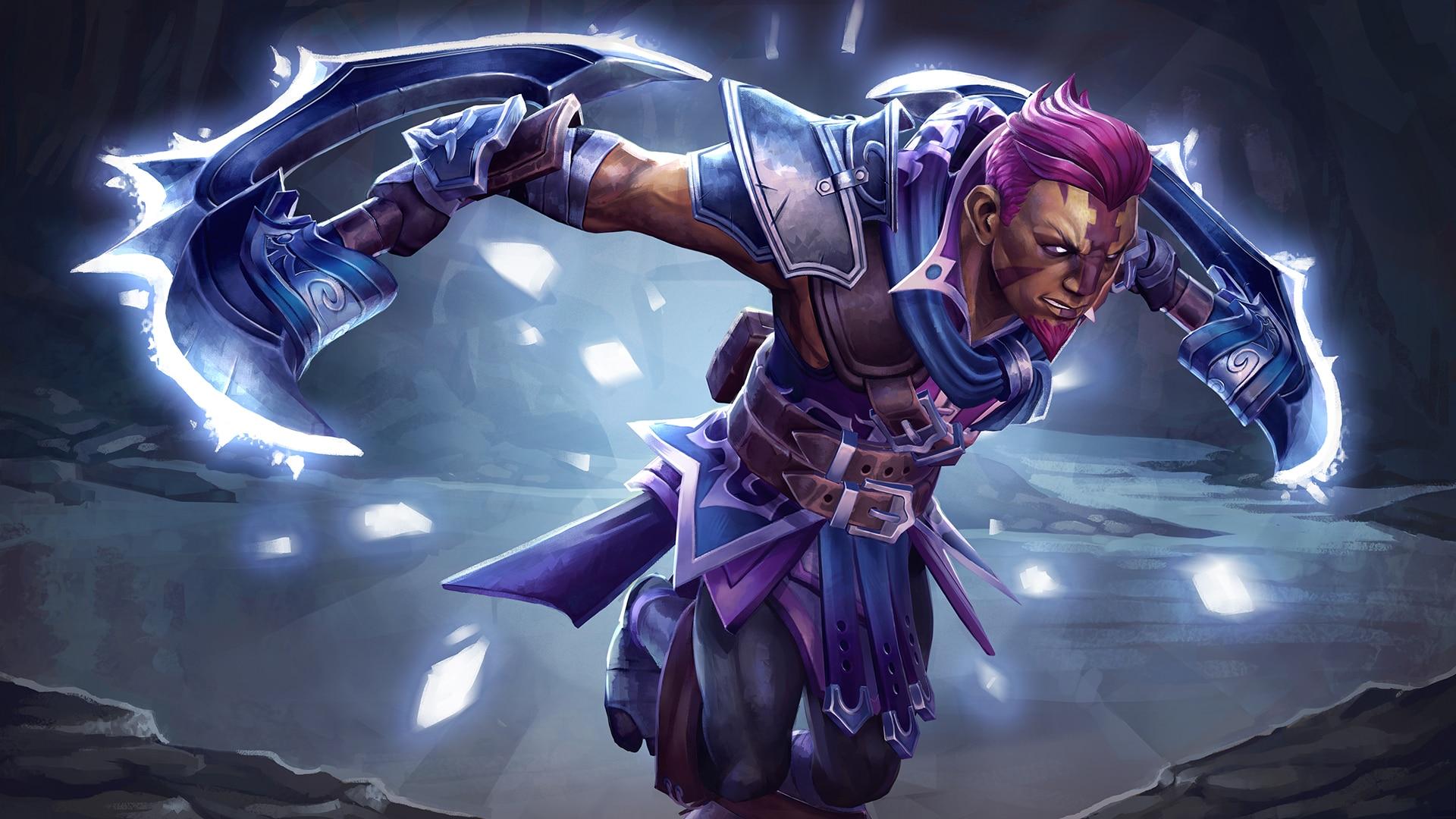
Dota 2 finally has a punishment for breaking items
If you want to BM, it’ll cost you.

